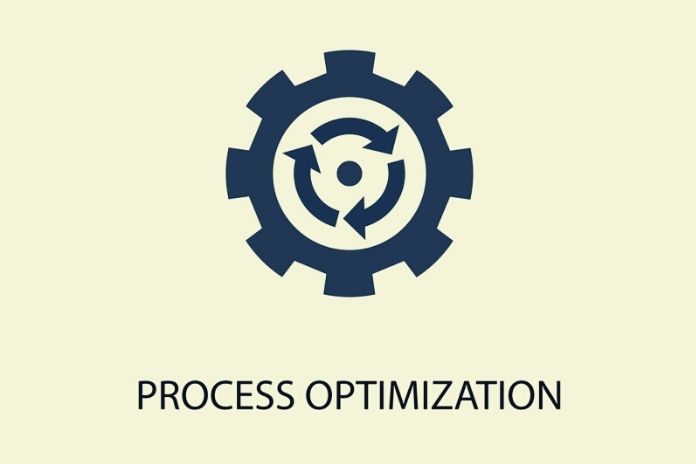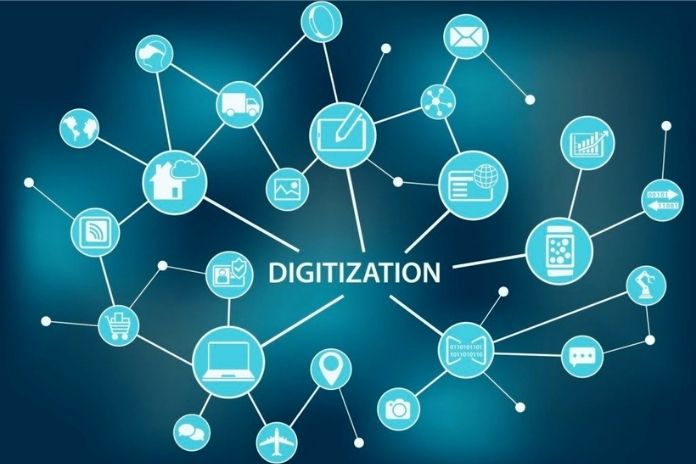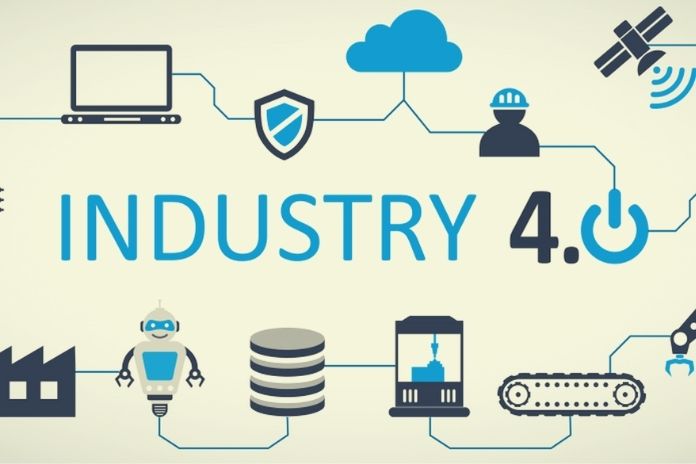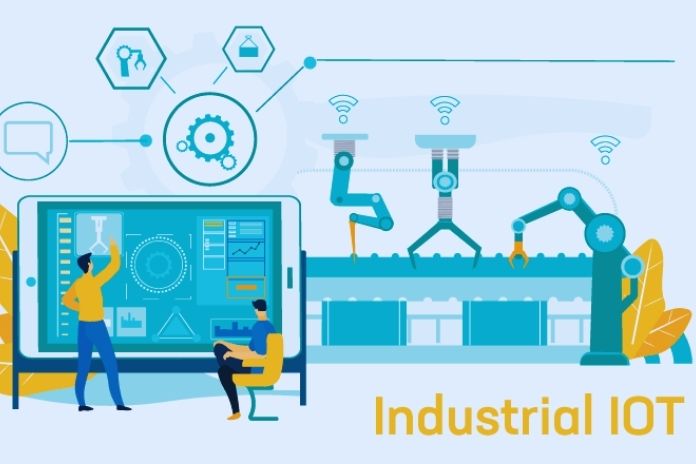The digital Consulting of the economy does not stop in the consulting industry because modern information and communication technology offers many options for optimizing and making advisory processes more effective.
Today we know advice primarily as “face-to-face” advice, in which the consultants work on-site at the customer. Whether this will still be the case in the future is questionable because: Digital technologies are increasingly establishing themselves in consulting, which have often been used for a long time in the corporate context in information and communication. With digital advice, the trend is moving in the direction of increased, network-supported cooperation. Microsoft has also recognized this and created Microsoft Teams 2017, a collaboration tool used by more than 200,000 companies worldwide.
Digital Consulting – Faster Processes Through Automation
The term digitization has already undergone considerable development. With the arrival of the PC in companies and private households, the foundation stone for the term as we understand it today was laid. Originally it referred to the transfer of data from an analog to a digital storage form; Increasingly, however, this also means the transfer of tasks previously performed by humans to computer systems.
When we talk about digitization today, we usually mean pure digitization and automation using modern information technology. It aims to make processes easier and faster. If you now look at the speed at which the digitization process is progressing, you will almost inevitably come across Moore’s Law: It says that computing power doubles every two years. Even if this development speed has decreased somewhat in recent years, the potential that emerges from technological advancement is enormous for companies.
Consultants Are Not Pioneers In Digitization
Therefore, almost all industries must deal with the challenges and opportunities of digitization (in the broadest sense). The automotive industry is thinking about self-driving cars, and the banks are using machine learning for Robotic Process Automation (RPA). But the consulting industry? It has remained largely unaffected by this so far. Consultants continue to travel the world as they always did, only now they also have a laptop and a smartphone in their pockets. In the consulting process itself and its more practical design, however, the possibilities of digitization have hardly been used.
This is gradually changing, among other things, because there are now numerous tools and Skype that enable digital communication and collaboration over a distance. An example of this is the previously mentioned Microsoft Teams tool. The use of such tools results in direct advantages for the consulting company itself and their customers: The consultation as we know it today usually takes place at the customer’s site. Associated with this are travel expenses for every consultant. It is not uncommon for them to make up a large part of the total costs of the consultation because they usually have to be paid by the customer in addition to the consultant fee – only for the fact that the consultant is on-site.
Digital Advice Enables New Advice Formats
A growing number of companies are asking themselves: Is this still up-to-date in the digital age, or cannot advice also be provided “remotely,” i.e., with the help of modern communication technology? Companies are also asking themselves that more intensive use of modern information and communication technology would have another significant advantage: shorter consulting units are also possible.
So far, the travel times to and from the customer, directly or indirectly, and the travel costs of the consultants only pay off if they are on-site for at least one day and work for the company. That can and will change with digital advice because eliminating travel times and costs, work and consulting units of just one or two hours are possible. Short-term consultations via Skype and Facetime are increasingly in demand by companies, and the collaboration tools mentioned are increasingly being used in the consultation process. Why not? Their use is already a well-established practice in cross-location and cross-company team and project work in companies. So why not use them for counseling work?
ALSO READ: Content Enablement: Why Content Deserves More Attention
Digital Advice: Don’t Ignore The Human Success Factor
However, it is not as easy as it initially seems to digitize advice in many cases because one crucial factor must not be disregarded: the human factor. In change management, in particular, it plays a role, if not the decisive one. In the case of complex and meaningful issues, such as reorganization, it would be absurd from the employee’s point of view if the consultants only accompanied the restructuring process online, for example, via video conference. The counselors would then only be a picture on a monitor or a canvas for those affected.
This would directly affect the quality of the advice because the spatial distance and the possibility of simply disconnecting when you have nothing more to say or discuss would create an emotional coldness that would not affect the success of the change project. That is why the use of video chat tools, for example, in such projects, can only be an on-top service – for example, to carry out ad hoc coaching sessions. If, for example, employees go to the barricades because they don’t feel carried away by the change project, and the next face-to-face consultation is not scheduled for two weeks, a video chat with the consultant can be constructive in determining measures to cool the mind and keep the project on track.
The digital consulting business treads a fine line. It has to be constantly reassessed
- where and when the use of digital technologies makes sense and
- where and when face-to-face communication is required.
Digital Advice: Establish And Expand The Necessary Structures
Regardless of this, the consulting industry will have to deal with the digitization of its services and the use of digital tools in the consulting process in the coming years because the process of digitization of the economy does not stop at it. That is why the management consultancy Dr. Kraus & Partner (K&P) already two years ago expanded their tools for digital consulting with a system. For example, we are currently working on optimizing software that enables every K&P consultant to access the knowledge of the entire organization as required.
Like the computer voice of a telephone hotline, which is supposed to connect the caller with the right contact person, this software guides its (current) users, the K&P consultants, to the crucial questions they should ask themselves in the respective consulting context. And it goes one step further by showing them which K&P products and consulting services are suitable for the individual needs. The software currently resembles an extensive in-house knowledge database with no direct visible or tangible use for the customer. But if you give the customer access to this knowledge database with his problems and questions to quickly have the right questions and answers ready when needed, things look different.
ALSO READ: Customer Relationship Management: 3 Opportunities Use Of AI in CRM
Accelerate And Make The Advisory Process More Effective
An example of this. Suppose you are new to a company as CEO and first wanted to get an overview. But you do not yet know which areas and points are relevant for you. Then the K&P software can help. It guides you step by step through the critical business areas and provides you with a checklist of the essential points that you as CEO should consider or take into account. This saves you long analysis discussions with consultants and allows you to get an overview of the topics relevant to you in a short period – and, if desired, the appropriate support offers.
And should there be a consultation? Then the consultants can start processing your request more quickly, as you have already identified your core issues with the software and are already familiar with the specific consultation offers. Not only would the specific (consultant) assignment and goals be clarified correspondingly quickly, entry into the consultancy process itself would also take place correspondingly quickly, as you already know where the problem is.
Digital Advice: Passing On Existing Knowledge In A Targeted Manner
But in addition to these direct benefits, customers benefit from the use of digital consulting tools. At K&P, it has always been customary to share your knowledge with colleagues. About the explicit knowledge of numbers, data, and facts, this was not a problem. Still, it looked different – as in many companies – but partly concerning the so-called implicit knowledge, also known as empirical knowledge, often the first to establish expert status.
By introducing a digital level of knowledge storage and collegial advice, sharing this form of knowledge will also be easier and more concrete. Every consultant who is an expert in his field will in the future have not only his explicit knowledge but also his implicit knowledge into the software. In this way, the H&P knowledge gathered during specific project work on a specific business or topic area is visible and available to all people who work with the software.
This results in another advantage for customers. Assuming a consultant has been working for a customer for a long time, he usually enjoys a high level of acceptance in his organization. Now suppose, for whatever reason, new or additional consultants join the company. Then it is not uncommon for them – unlike the well-known consultant – to encounter reservations. These can be minimized if the “newbie” acquires the knowledge of their colleagues in advance using the knowledge database, with whom the customer organization has been working successfully for a long time. This also saves time and money, as the new, external consultants do not have to be trained by the internal company.
Integrate Digital Advice Into Advisory Processes
Digital advice, therefore, encompasses more than just the levels of communication and collaboration. It can also serve as an internal and external knowledge database and accelerate and make advisory processes more effective. There are great opportunities in it if used correctly. However, the digitization of consulting must never lead to neglecting the human factor in change processes and projects.
As long as the consultants and their clients consider this, there is great potential for optimization and savings in digital consulting – for all stakeholders involved in the consulting process. But the quality of advice can also be increased – among other things because the advisors do not have to travel to the airport if there is an acute need, which is often only possible weeks later due to their schedules. That is why a digitization of advice also enables better customer care.
ALSO READ: Industrial IoT: Industrial Company Optimization Is Crucial Than Innovation










